UPDATE: The huge numbers of very worn, migrant Painted Lady butterflies that we and many other people saw at the end of June and into July. It was an irruption and is a good indicator of a coming long, hot summer.
Apparently, this species which migrates into Europe from North Africa never gets its weather forecast wrong. They only turn up in such large numbers here when the weather is going to be good. Their larvae feed mainly on thistles, including the notorious creeping thistle, the bane of the allotmenteer with a bad back. #AllotmentLife.
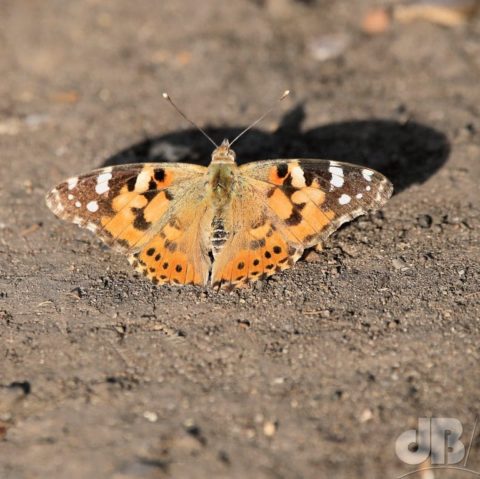
The second generation will hatch from eggs laid on those thistles and will be much more richly coloured than their migrant parents who lose so many of their wing scales on their journey to these shores.
However, we need to talk about Vanessa. Vanessa cardui is the Painted Lady in Cynthia’s group. No, not the backing singer in an all-girl 1960s Northern soul outfit, she’s a butterfly. On our hike from the campsite in Stiffkey to the pine-backed beach huts at Wells, a ~16km round trip along the coastal footpath, we saw dozens of V cardui and very few other butterfly species. There were a few Small Tortoiseshell and lots of Meadow Brown, and the occasional Speckled Wood.
I don’t recall ever seeing so many Painted Ladies at one time. They migrate to Britain and Europe from North African and the Mediterranean region in Spring. For whatever reason, there seems that a large number has arrived on these shores.
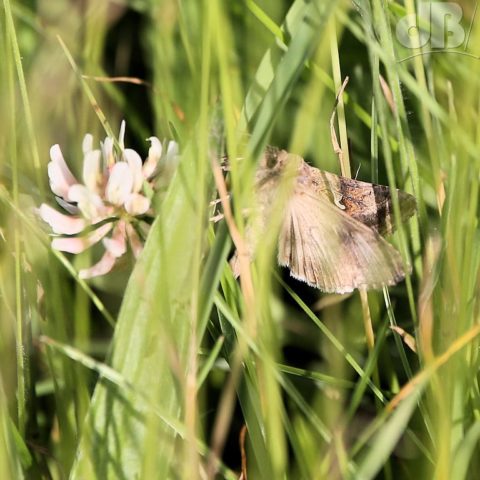
On the return journey from Wells, as dusk ultimately fell we also saw plenty of grass moths of different species and dozens of feeding and pollinating wildflowers Silver Y (Autographa gamma) and one Yellow Shell (Camptogramma bilineata), and a Cinnabar (Tyria jacobaeae).

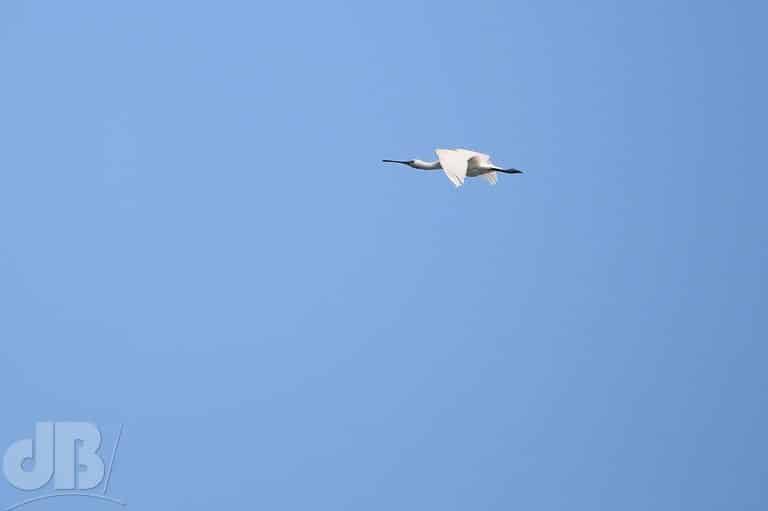
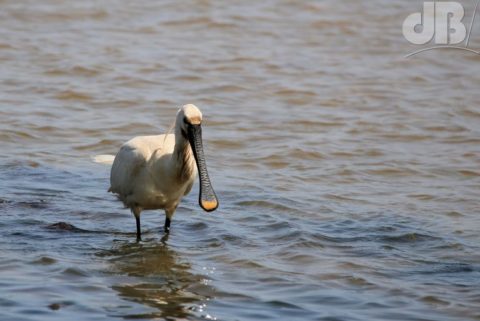 Anyway, we had at various points along the hike seen what we thought were large, odd-looking herons overhead. It was only on seeing one wading and feeding along the shore of the inlet, East Fleet, that we realised that what we had been watching were Spoonbills (Platalea leucorodia).
Anyway, we had at various points along the hike seen what we thought were large, odd-looking herons overhead. It was only on seeing one wading and feeding along the shore of the inlet, East Fleet, that we realised that what we had been watching were Spoonbills (Platalea leucorodia).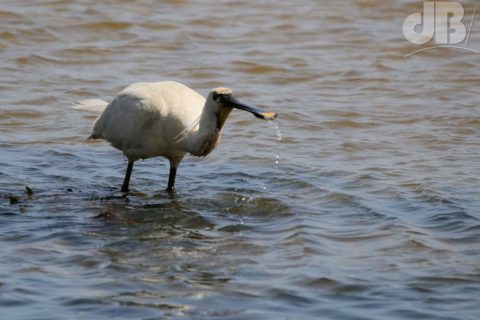

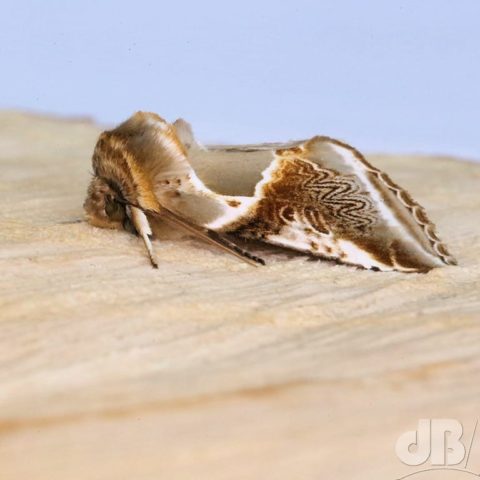
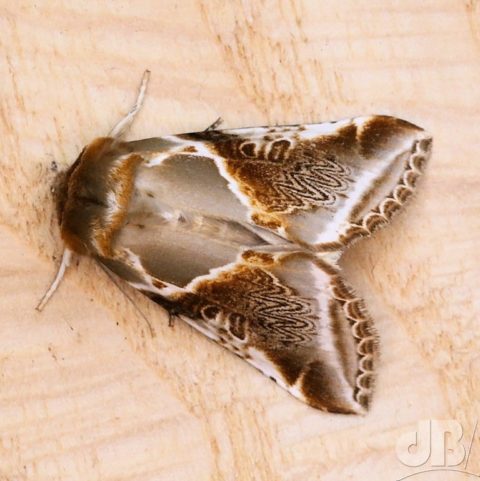
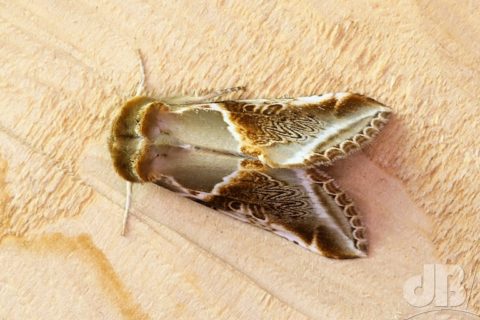
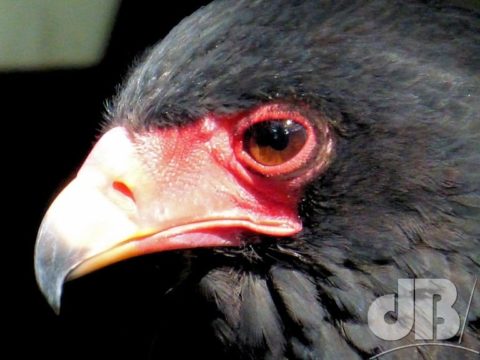
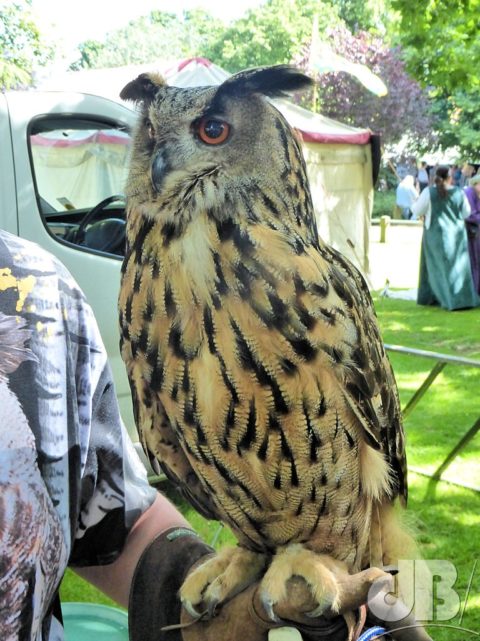
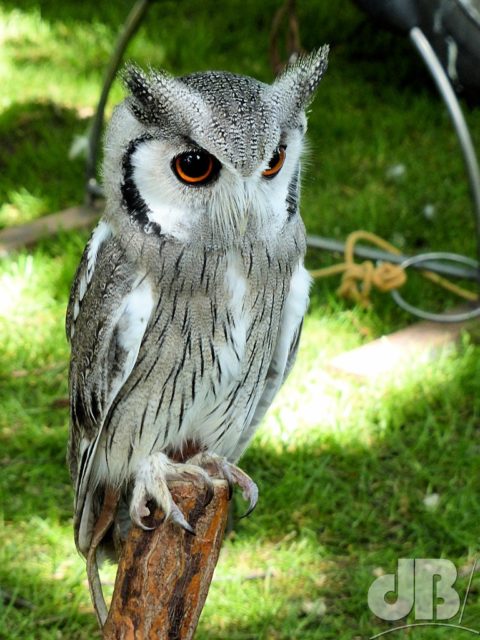
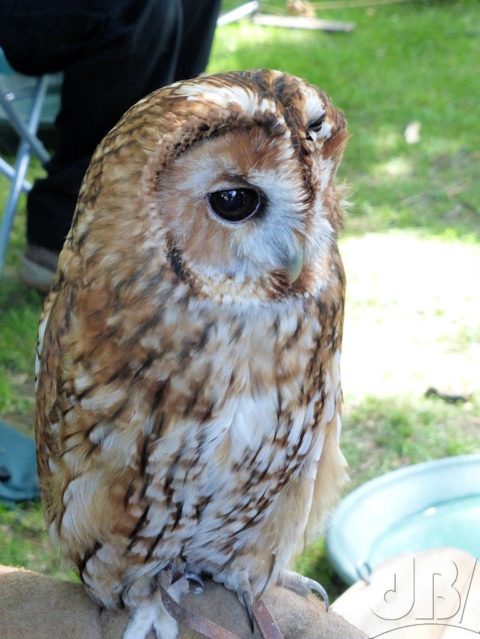
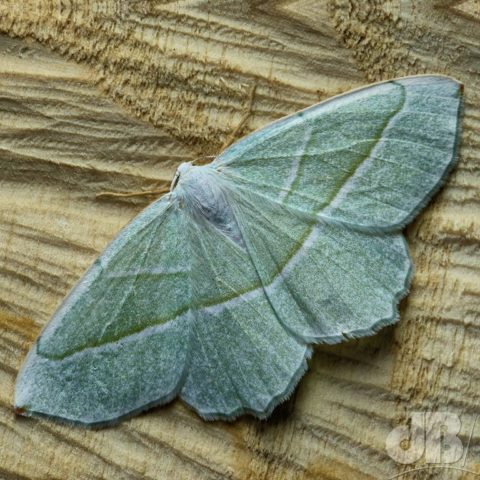
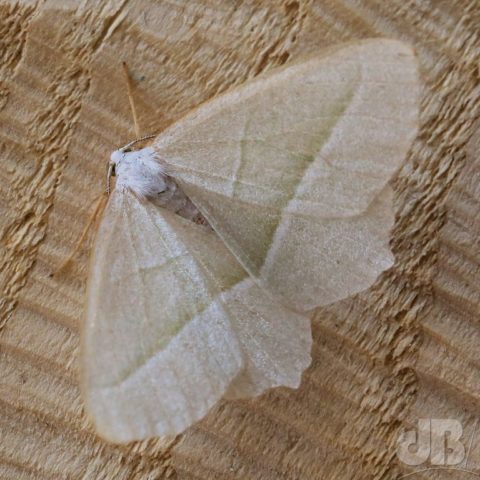
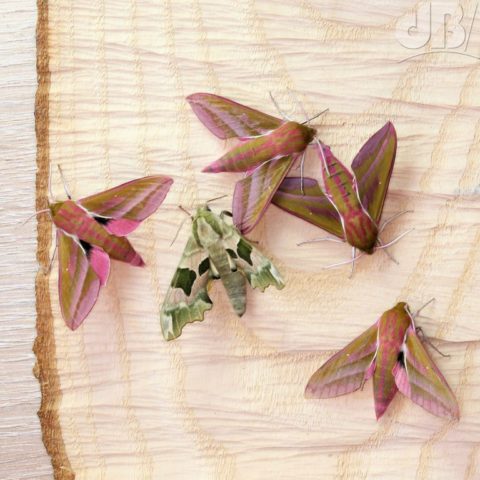
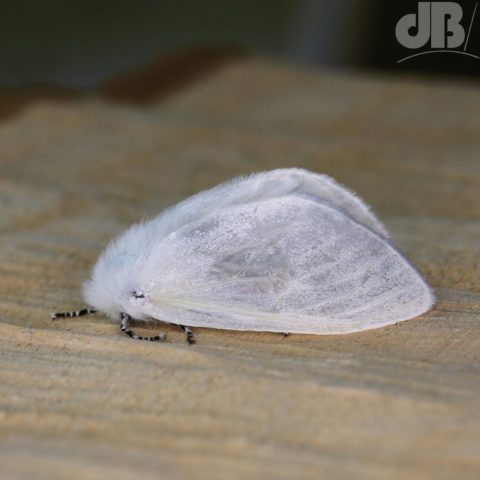
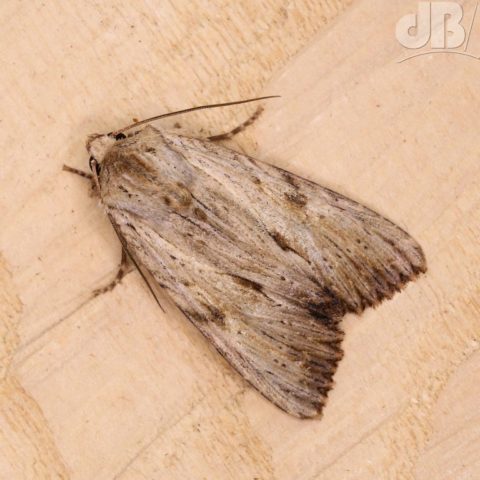
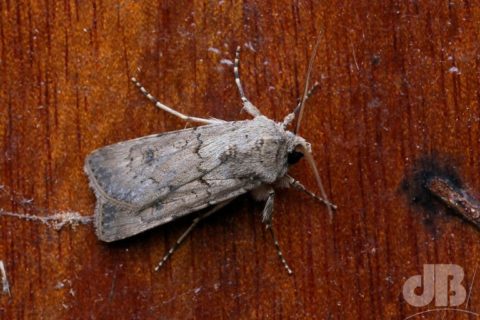
![Fenland Pearl, Anania perlucidalis (Hübner, [1809])](https://www.sciencebase.com/images/Fenland-Pearl.jpg)
